plaster discoloration
dutchessmom
15 years ago
Featured Answer
Comments (21)
barco
15 years agodutchessmom
15 years agoRelated Professionals
College Station Swimming Pool Builders · Jacksonville Swimming Pool Builders · Corona Landscape Contractors · Deerfield Beach Landscape Contractors · Glendale Heights Landscape Contractors · Panama City Beach Landscape Contractors · Severna Park Landscape Contractors · Tigard Landscape Contractors · Wanaque Landscape Contractors · West Chicago Landscape Contractors · Wethersfield Landscape Contractors · Woodland Landscape Contractors · Cincinnati Decks, Patios & Outdoor Enclosures · Jackson Decks, Patios & Outdoor Enclosures · West Hills Decks, Patios & Outdoor Enclosuresbarco
15 years agodutchessmom
15 years agotresw
15 years agodutchessmom
15 years agobarco
15 years agodutchessmom
15 years agocascade
15 years agodutchessmom
15 years agobarco
15 years agodutchessmom
15 years agodutchessmom
15 years agobarco
15 years agodutchessmom
15 years agotresw
15 years agobarco
15 years agodutchessmom
15 years agojimmydean
15 years agoaustinproleak_gmail_com
13 years ago
Related Stories

REMODELING GUIDESInterior Brick: Paint it or Leave It?
Here's how to know if covering that brick is a sin or solution
Full Story
KITCHEN BACKSPLASHESHow to Install a Tile Backsplash
If you've got a steady hand, a few easy-to-find supplies and patience, you can install a tile backsplash in a kitchen or bathroom
Full Story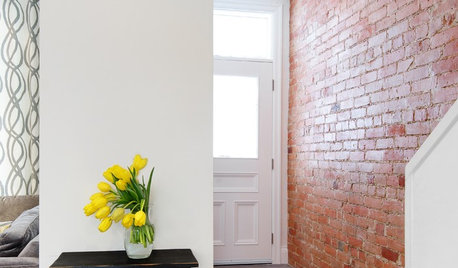
BRICKHow to Make an Interior Brick Wall Work
Learn how to preserve, paint, clean and style a brick wall to fit your design scheme
Full Story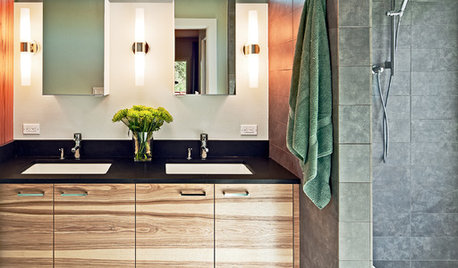
BATHROOM DESIGNA Designer Shares Her Master-Bathroom Wish List
She's planning her own renovation and daydreaming about what to include. What amenities are must-haves in your remodel or new build?
Full Story
PAINTINGKnotty to Nice: Painted Wood Paneling Lightens a Room's Look
Children ran from the scary dark walls in this spare room, but white paint and new flooring put fears and style travesties to rest
Full Story
COLOR8 Reasons to Paint Your Interior Trim Black
Hide imperfections, energize a space, highlight a view and more with a little bit of darkness that goes a long way
Full Story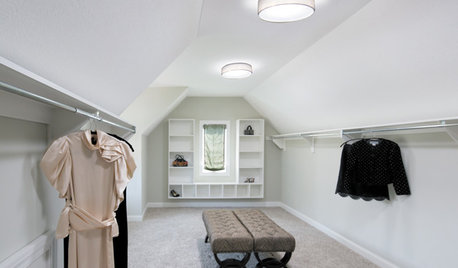
GREAT HOME PROJECTSHow to Add a Skylight or Light Tube
New project for a new year: Increase daylight and maybe even your home’s energy efficiency by opening a room to the sky
Full Story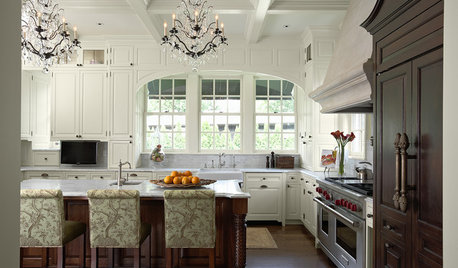
KITCHEN WORKBOOK15 Elements of a Traditional Kitchen
Small details take center stage with decorative moldings, glazed finishes, raised panels and more
Full Story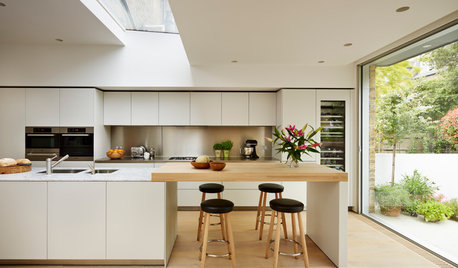
MATERIALSKitchen Ideas: How to Choose the Perfect Backsplash
Backsplashes not only protect your walls, they also add color, pattern and texture. Find out which material is right for you
Full Story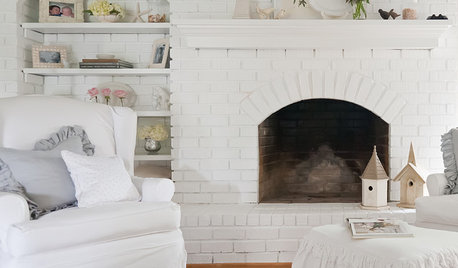
GREAT HOME PROJECTSHow to Remodel Your Fireplace
Bring your fireplace design up to snuff with this makeover lowdown
Full StoryMore Discussions








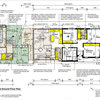

dapooltec